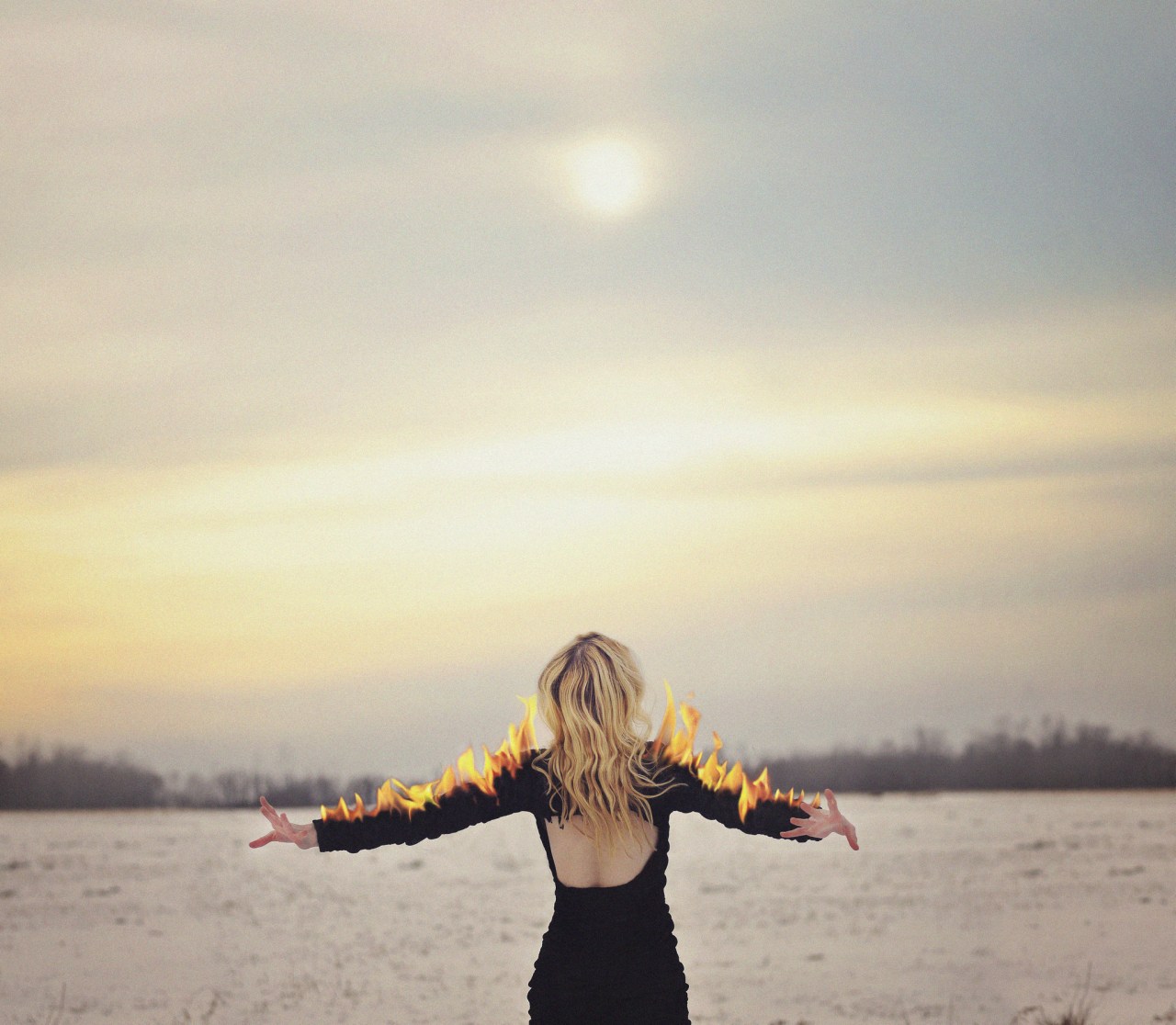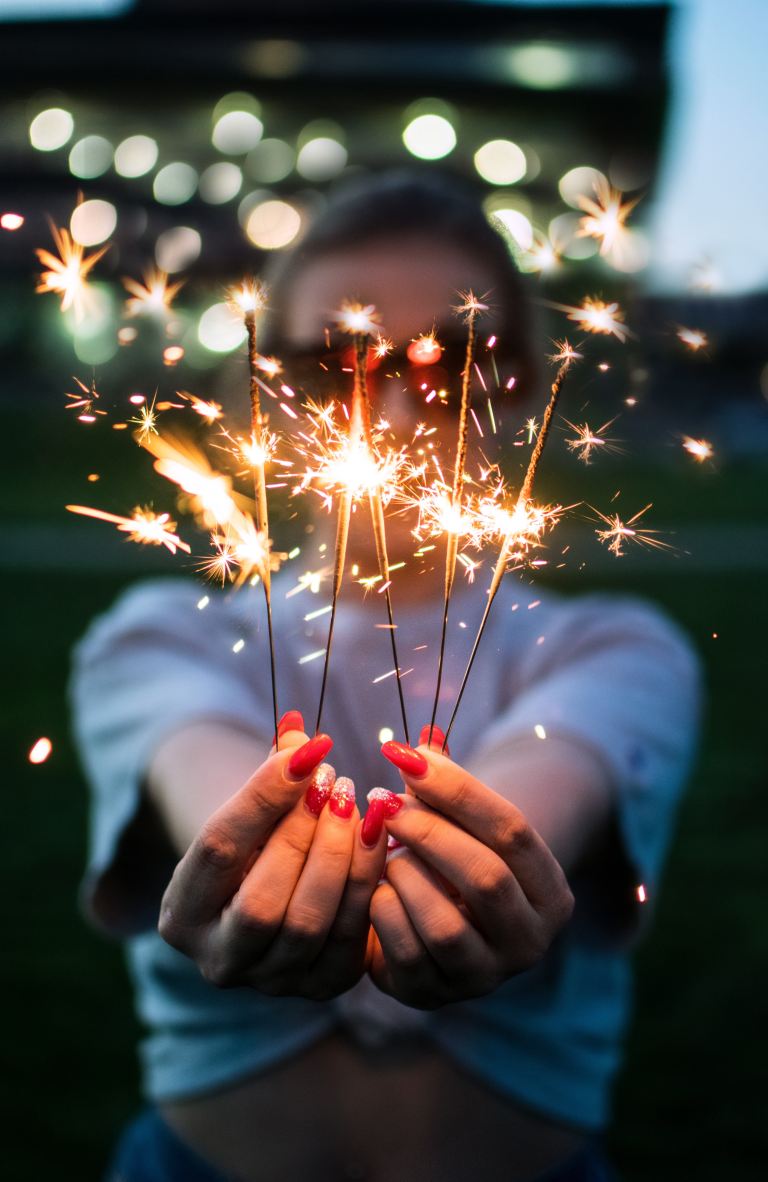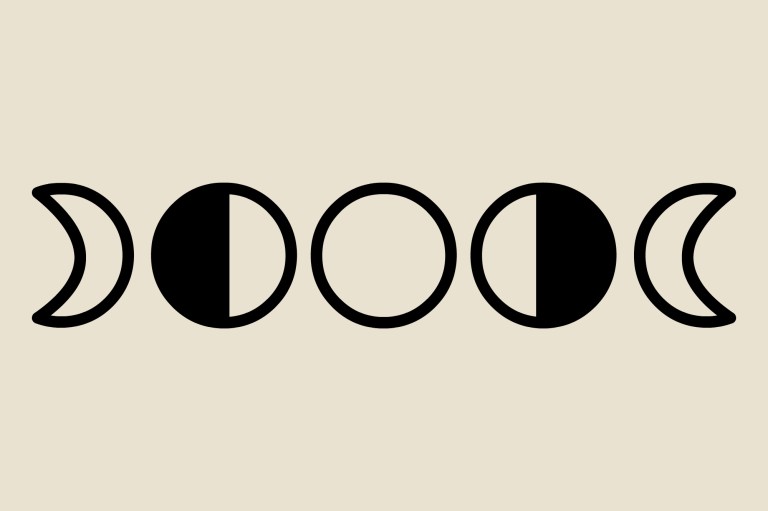
All Of The Most Important Wiccan Holidays According To ‘The Wheel Of The Year’
These are the holidays that celebrate the changing seasons and cycles of life and celebrate the Earth and all that it gives to us.
The Wheel of the Year
The Wheel of the Year is a representation of the eight major festivals and holidays falling during the calendar year. While various other minor holidays might be celebrated intermittently, the eight major holidays are represented on the wheel. These are the holidays that celebrate the changing seasons and cycles of life and celebrate the Earth and all that it gives to us.

For modern Pagans and Wiccans, all things are considered to be cyclical and reoccurring, thus the imagery and association with the wheel. The festivals follow the life and death of the sun each year, and the holidays in accordance with that. These eight major celebrations mark the most common time for a seasonal celebration.
Yule, Winter Solstice
Yule, Winter Solstice, or “Midwinter” is recognized as either the beginning or the end of the year according to the yearly cycle. Falling roughly between December 20th – 23rd, Yule represents the return of the sun, light, and the rebirth of the Horned God who is the newborn solstice sun. Midwinter is also of astrological importance as it’s the shortest day of the year and the longest night.
Some of the sacred plants for Yule include evergreen, holly, and ivy. One method of celebrating is burning a sun candle to welcome the sun and represent the sun in rituals and spells. Herbs associated with Yule are mistletoe, myrrh, frankincense, star anise, cinnamon, clove, coriander, spikenard, oak, apple, and pomegranate.
Celebrating Yule varies from witch to witch, coven to coven, but generally, there is a festival or a celebration on the actual day. Some rituals that can be cast during Yule would include welcoming back the sun, a cleansing ritual, or even having a Yule log ceremony. Decorating an altar with seasonal herbs and plants (listed above) is also a way to celebrate the time year. Spells to cast during Yule include those involving peace, harmony, love, and increasing happiness.
Imbolc
Imbolc, sometimes called Brigid’s Day, is the holiday celebrating the promise of Spring. Typically falling between either February 1st or 2nd, Imbolc is a celebration of pure joy. This is the time of year to celebrate emerging life, possibility, and the new growth all around us.
Symbols for Imbolc are white flowers, Brigid Crosses, plows, and candle wheels. Sacred plants and herbs for Imbolc include basil, wisteria, bay, cinnamon, iris, blackberry, and coltsfoot. Images that are typically associated with Imbolc are the reunion of the God and Goddess, crowns of light, and different celebrations and ceremonies surrounding new life and fertility.
Imbolc can be celebrated in a variety of different ways. One might participate in ceremonial candle lighting where a witch lights a candle in each room of the house after sunset to honor the sun’s rebirth. Imbolc is also a time for feasting and gathering together to reflect, laugh, and share. Like “spring cleaning”, Imbolc is also a perfect time to cast cleansing spells and clean your energy in order to prepare for spring.
Ostara, Vernal/Spring Equinox
Ostara or the Vernal/Spring Equinox falls between March 19th-22nd and marks the official arrival of spring. Named in part for Eostre, the Saxon Lunar Goddess, the New Moon during this time marks a time of fertility and is represented by the hare and eggs, which is why Easter from Christianity is often also associated with similar imagery. Celebrating spring means celebrating the new life that’s abundant, as well as the longer and warmer days.
Ostara is represented by the Sun God and the Maiden Goddess who conceives, and will again be the Great Mother in 9 months. Different flowers like daffodils, lilies, peonies, violets, and others are often symbols of the Spring Equinox. Herbs associated with this time are florals like jasmine or rose. Things are very feminine, bright, and joyous when celebrating this time of year.
As an equinox (aka: one of the two days in the year where day and night are roughly equivalent in length), Ostara is a day of balance. This is a time for setting intentions, being grateful for spring and the nature all around us, and is a day of magic, blessings, and new beginnings. To celebrate, one might plant seeds, bless plants and scatter them around an altar or the home, or cast various spring and balancing spells.
Beltane, May Day
Beltane, or May Day, is typically celebrated from the evening of April 30th into May 1st and marks the halfway point between spring and summer. Beltane is the feast of the fire and various Earth energies are at their strongest during this time. The evening before May Day is considered one of the most sexually charged times of the year and fertility all around is at its peak. In older Celtic traditions, Beltane was a time when promiscuity and unashamed sexuality was encouraged, even having some married couples “unwed” for the night, but it isn’t necessarily observed in that manner today.
As Beltane is the feast of fire, fire is a hugely represented symbol for the holiday. Traditionally, all fires will be extinguished and the coven will light a specific, special fire to celebrate, but flames, in general, are a symbol of Beltane. Though the May Pole as its known more commonly today was derived from Christian Germanic practices, a May Pole may be constructed to symbolize the God and Goddess’s union. Colors for Beltane are silver, green, red, and white, and it’s celebrated with gingerbread, rosemary, apples, and cinnamon.
It wouldn’t be Beltane without a bonfire so finding a place to have a ceremonial bonfire is a key way to celebrate. Spells to cast include anything involving union, fertility, aligning the masculine and feminine energies inside oneself, and shared intimacy. Fire is also a way to purify, so purification and spells to encourage vitality are powerful during this time.
Litha, Summer Solstice
Summer Solstice or Litha is a celebration of the longest day of the year and the official entrance of summer, typically falling between June 20th and 22nd. Light and life are all around us, and the Sun God is at his strongest. This is a time when there’s not only enough time during the day to work, but remaining light to celebrate after the fact as well. Often seen as coupling or handfasting season, June is when marriages or unions are typically formed and celebrated as well. Blessings and joy are abundant during this time.
Summer Solstice is represented by the Sun God, also the Lord of the Forest, and elements of emerald, oak, and green. Herbs used during Solstice are mugwort, honeysuckle, lavender, chamomile, lemon, and wild thyme and may be worked into potions, adorn an altar, or burned around the home as incense.
Because Solstice is all about the sun, celebrations are based around the longer days and its immense power. It is a time to reaffirm your vows and practice, give thanks for all that you have and have been blessed with, and connect to the Earth. Rituals can include meeting with covens and groups to celebrate, or simply setting intentions alone and meditating, preferably outside and of course, in the sun.
Lammas/Lughnasadh/August Eve
Lammas or Lughnasadh is the first of the three autumnal harvest festivals and celebrates the first harvest and the knowledge that summer is ending. Typically celebrated on either July 31st or August 1st, Lughnasadh is a time for thanking the God and Goddess for crops, the seeds and ensure a new harvest will come, and the food on the table. It is about celebrating the circle of life and all that we have.
Lughnasadh is associated with all things fall and homey. Think apples, grains, rich colors like red and gold, corn, the hearth etc. Altars can be adorned with wheat or herbs like heather, sandalwood, heather, and even small baskets of fruit. Some witches may even choose to dry out herbs during this time, and then use them in later/future practices.
Celebrating Lughnasadh is all about giving thanks and being grateful. Feasts with covens or other witches are typical during this time of year. One might even save seeds or seedlings and bless them with the intent of planting them when spring comes back.
Mabon, Autumnal Equinox
Mabon, or the Autumnal Equinox, is the 2nd harvest celebrated during the fall and lands between September 21 and September 23rd. This equinox marks the official beginning and arrival of autumn and marks the acknowledgment and respect owed to the impending dark days. The harvest festivals encourage individuals to remember that we “reap what we sow” so they’re all about the energies and things we put out into the universe, and what that gives us back. This is also a time for release and putting old business to bed in order to prepare to relax, recuperate, and reflect.
Things we associate with the Autumnal Equinox are wine, gourds, ciders, acorns, dried seeds, and horns of plenty. Think all things warm, homey, cozy, and filled with comfort. Herbs and plants that represent this time of year are sage, tobacco, vegetables, marigold, and myrrh.
Magick during the autumnal equinox is geared towards prosperity, protection, gathering, and transformation. Focus with spellwork should be towards balance and bringing forth harmony. Other rituals and practices during this time can be adorning graves and honoring those who have passed over, offering libations and different offerings to trees and nature, asking for blessings from the Goddess, and participating in lavish feasts with a coven and/or others.
Samhain, All Hallow’s Eve
Samhain or Hallow’s or All Hallow’s Eve is possibly the biggest celebration in The Wheel of the Year. This marks the Sun God falling into slumber, the end of summer and fall and the preparation for winter, and the lengthed nights and colder months. Celebrated on October 31st, this is the third and final harvest festival and time for remembering the dead, honoring the ancestors, and celebrating the balance between life and death.
Symbols for Samhain include rebirth through death, black cats, gourds, candles, and apples. Altars can be adorned with black stones (obsidian, jet etc) and herbs such as heliotrope, mint, nutmeg, and sage. Some covens may choose to celebrate with a “silent supper” to honor the dead, or they may choose to have a candle ceremony instead welcoming departed loved ones into the home and remembering them.
Exploring older traditions is highly encouraged especially during Samhain as this festival is all about remembrance and honoring what has past. This is also a wonderful time to use tarot or other communication tools to reach out to the spiritual world asking for guidance as this is the time when the veil between our world and the spirit world is the thinnest and easiest to cross. ![]()










